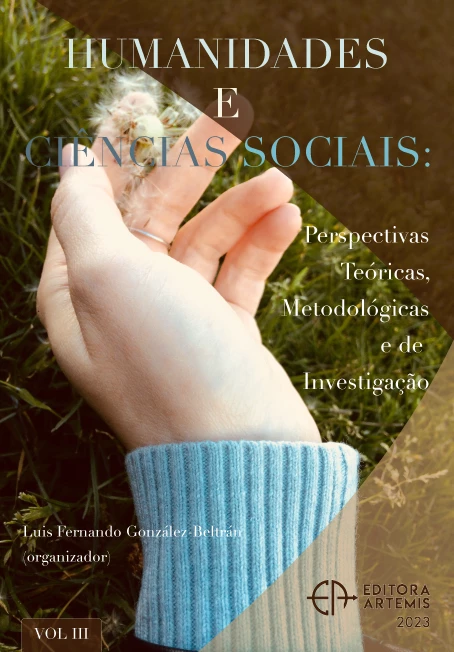
NATURE, TECHNOLOGIES, AND LIVING INFRASTRUCTURE- A THEORETICAL PERSPECTIVE FOR FUTURE CITIES
The integration of nature into cities has become an increasingly important topic in urban planning and design, as cities seek to address the challenges posed by rapid urbanization and enhance the well-being of their residents. This integration can take many forms, ranging from the inclusion of parks and gardens within the city fabric to the integration of wild natural corridors. The concept of green cities, where nature and the built environment are seamlessly integrated, has gained significant traction as a way to promote sustainable urban development and improve the health and well-being of city residents. In this context, the relationship between a good city and living infrastructure is a crucial one. A green city, where nature is integrated into the urban fabric, can have a number of benefits for human health and well-being. However, the integration of nature into cities is not without its challenges. There are concerns about the sustainability and viability of such projects, as well as their impact on wildlife and the environment. In addition, there is a need to consider the views of different stakeholders, including residents, city authorities, and the wider public, in order to ensure that green cities are not only functional and efficient, but also healthy, harmonious, and sustainable in the long term. In this paper, we look at the integration of technologies, nature, and living, to what have some theorists thought about, and their range of views on this complex issue, both positive and negative, opening up to utopic and dystopic questions and implications.
NATURE, TECHNOLOGIES, AND LIVING INFRASTRUCTURE- A THEORETICAL PERSPECTIVE FOR FUTURE CITIES
-
DOI: 10.37572/EdArt_15122313014
-
Palavras-chave: Living Infrastructures; Wild Urban Corridors; Well-being; Urbanism; Technology
-
Keywords: Living Infrastructures; Wild Urban Corridors; Well-being; Urbanism; Technology
-
Abstract:
The integration of nature into cities has become an increasingly important topic in urban planning and design, as cities seek to address the challenges posed by rapid urbanization and enhance the well-being of their residents. This integration can take many forms, ranging from the inclusion of parks and gardens within the city fabric to the integration of wild natural corridors. The concept of green cities, where nature and the built environment are seamlessly integrated, has gained significant traction as a way to promote sustainable urban development and improve the health and well-being of city residents. In this context, the relationship between a good city and living infrastructure is a crucial one. A green city, where nature is integrated into the urban fabric, can have a number of benefits for human health and well-being. However, the integration of nature into cities is not without its challenges. There are concerns about the sustainability and viability of such projects, as well as their impact on wildlife and the environment. In addition, there is a need to consider the views of different stakeholders, including residents, city authorities, and the wider public, in order to ensure that green cities are not only functional and efficient, but also healthy, harmonious, and sustainable in the long term. In this paper, we look at the integration of technologies, nature, and living, to what have some philosophers and theorists thought about, and their range of views on this complex and multifaceted issue, both positive and negative, opening up to utopic and dystopic questions and implications.
-
Número de páginas: 11
- Mustapha El Moussaoui

